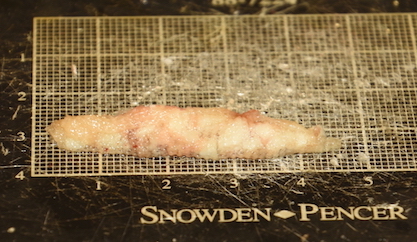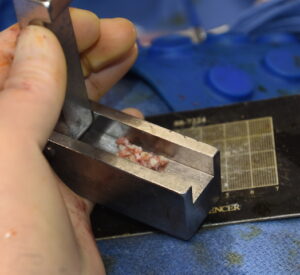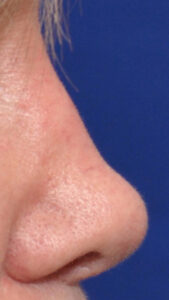Rib cartilage provides a plentiful source of graft material for any rhinoplasty need. While its benefit is the volume it provides, its disadvantage is in its shape. Rib cartilage has variable thicknesses, is round in shape and is rarely straight. Carving it into the form needed for dorsal augmentation is always required and with that maneuver comes the risk of postoperative graft warping.
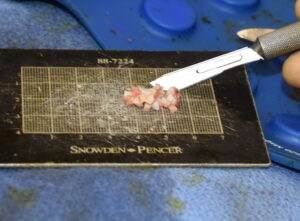
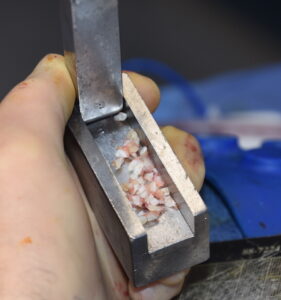
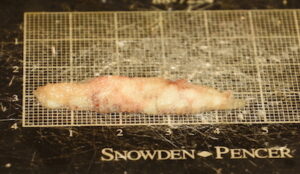
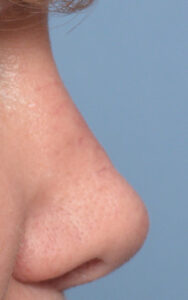
Dr. Barry Eppley
Indianapolis, Indiana

